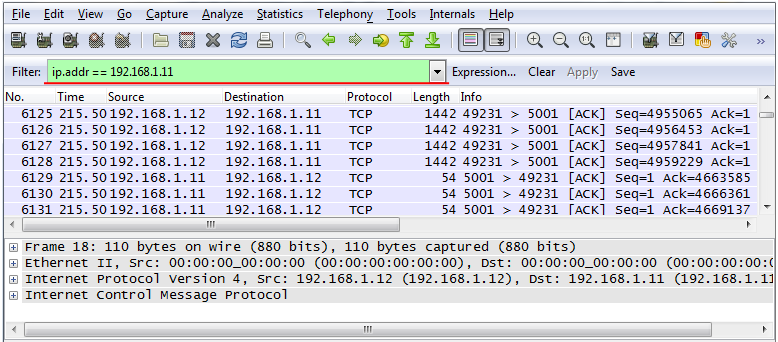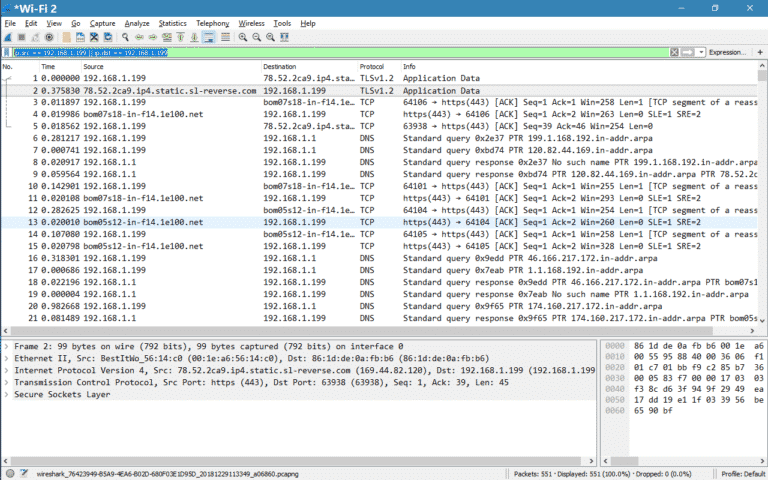


With this information, we can locate the corresponding event in the procmon trace, and by checking its properties, learn a lot about the process which created a given network packet. Now, it is time to locate one of the suspicious events and save its time and the source port: When we finish, we need to change the default time format in Wireshark ( View -> Time Display Format -> Time of Day or just press Ctrl+Alt+2) to the one used in Process Monitor. With procmon running, we may re-record the network traffic in Wireshark. As the Process Monitor trace may grow very quickly it is a good idea to drop all events except TCP/IP category ( Filter -> Drop Filtered Events): My preferred way to do this is by using Process Monitor. So if we collect this information while recording the Wireshark trace, we will be able to finish our analysis. Fortunately, TLS is using TCP underneath and each TCP packet has a port number which uniquely identifies a process at a given time. As the whole traffic (except handshake) was encrypted it was not possible to guess who was sending those packets. At first, I only recorded traces in Wireshark and filtered them ( = "TLS 1.0"):Īpparently, the requests were there. I needed to locate a process on a Virtual Machine (local address 10.0.2.5) which was still using TLSv1 to connect to our load balancer. And sometimes this information is necessary to investigate the problem you are facing. And you can add some logic to determine if there are gaps and/or out-of-order udp packets.By default when you record a trace in Wireshark, you won’t find process IDs in it.

Your method will not work here obviously, do you have control over the sending side so you can be sure this method is not used?Īre you sure there is not a sequence number used in the payload of the UDP packets? If there is, you might want to write a Lua dissector for this protocol in which you expose the found sequence number to wireshark to filter on. Your method will not work here obviously, do you have control over the sending side so you can be sure this method is not used? In this case your method will work, but are you sure this method is used by all systems that you want to track? IE when other processes are also sending data, then you will have gaps in the ip.id numbers for your specific UDP stream I (think I) have seen the following patterns over time: Not all systems use the same algorithm to create ip.id numbers. Please be very careful when using ip.id as an indicator for packet loss.


 0 kommentar(er)
0 kommentar(er)
